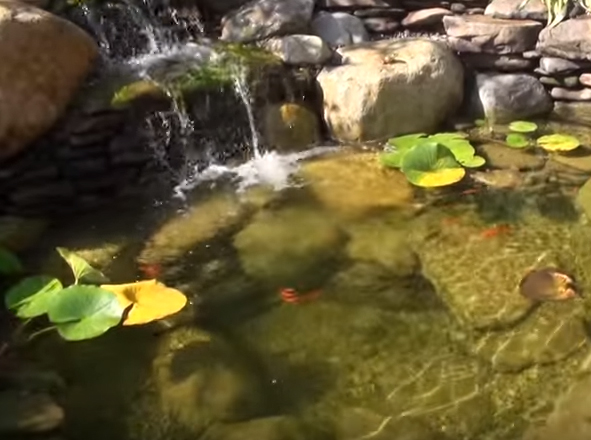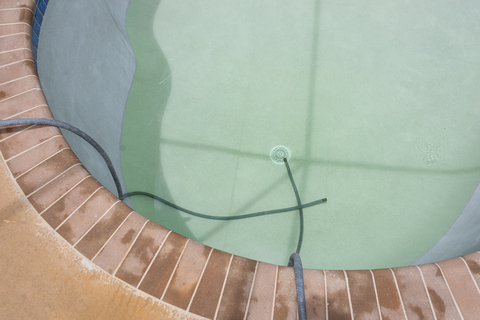ARTICLES
Advance Search
Aquatic Health
Aquatic Health, Fitness & Safety
Around the Internet
Aquatic Culture
Aquatic Technology
Artful Endeavors
Celebrity Corner
Life Aquatic
Must-See Watershapes
People with Cameras
Watershapes in the Headlines
Art/Architectural History
Book & Media Reviews
Commentaries, Interviews & Profiles
Concrete Science
Environment
Fountains
Geotechnical
Join the Dialogue
Landscape, Plants, Hardscape & Decks
Lighter Side
Ripples
Test Your Knowledge
The Aquatic Quiz
Other Waterfeatures (from birdbaths to lakes)
Outdoor Living, Fire Features, Amenities & Lighting
Plants
Ponds, Streams & Waterfalls
Pools & Spas
Professional Watershaping
Structures (Editor's Notes)
Travelogues & History
Water Chemistry
WaterShapes TV
WaterShapes World Blog
Web Links
Around the Internet
Aquatic Culture
Aquatic Technology
Artful Endeavors
Celebrity Corner
Life Aquatic
Must-See Watershapes
People with Cameras
Watershapes in the Headlines
‘In discussing coping and decking,’ noted David Tisherman in his February 2008 Details column, ‘ I invariably combine them because, in my view, they are truly inseparable: For a design to succeed, both must work together because they play such important roles in
‘Many great artists are best known for working in identifiable genres, styles or modes or with specific materials, themes or some other defining detail. From Picasso’s cubist abstractions to Mozart’s cascading melodies or Rodin’s bronzes to Frank Gehry’s sweeping architectural forms, geniuses of all stripes are in one way or another known for qualities that are
Mike Gannon is always gratified when a do-it-yourself pond owner trusts him enough to seek his professional help. But as he relates in introducing this video on one such transformation, there's a single point he keeps very much in mind as he approaches the various tasks at hand.
If you don't prepare your clients for what will almost certainly happen to the appearance of this flashy form of decking and coping, writes Paolo Benedetti, you can find yourself facing unpleasant consequences -- from encounters with peevish homeowners to meetings with their attorney.
You should take a look at the article linked below: It's about a Florida home called Woodsong that architect Alfred Browning Parker built for himself in 1968. I know that if the article had not mentioned the year and named the architect, I would've thought this place was of more recent vintage. Parker, who passed away in 2011
‘As you spend your days creating structures that contain and control water,’ wrote Brian Van Bower to open his January 2003 Aqua Culture column, ‘it’s easy to lose sight of the water itself. Yes, we’re conscious of the fact that we have to filter, treat and sometimes heat it, but in its role as the defining feature in our products, water is so familiar a participant that in some ways it almost becomes invisible.’ ‘I’d like to heighten our general awareness by
While in Venice, Italy, last summer, I came across a most unusual fountain in the Biennale Gardens near the city's historic Arsenale: It's a tall, slightly overgrown tribute to Giuseppe Garibaldi, the Italian general, politician and nationalist who is counted among the founding fathers of the modern Italy.
I almost put the word fountain in quotation marks in the first sentence above, because the structure's water flows in an unusual way: While I'm reasonably certain the imposing tower of volcanic stone, granite boulders and bronze statuary once had internal plumbing and flowed with the greater elegance befitting such a tribute, it now flows through bands of black tubing interrupted in places by dribbling spouts.
The odd effect is that the monument seems to be watered by an ordinary drip-irrigation system that keeps its plants green and aerates the turtle-filled basin at its base.
I know that resources for restoration of even relatively intact artworks are scarce in Italy in general and especially in Venice, where life is a constant struggle to keep everything operational in the face of a combination of rising seawater and subsiding ground. But it's sad and a bit dispiriting that funds apparently aren't available for more than a stop-gap fix for a monument of this prominence and grandeur.
But no matter: The fix works, and I still enjoyed seeing the monument, which was completed between 1885 and 1887 by Augusto Benvenuti, a local artist and sculptor.
My guess is that it stands nearly 30 feet tall, with Garibaldi, flamboyantly attired, standing at its peak. Beneath him is a lion - the most accessible and impressive figure in the composition - as befits its being in Venice, where these beasts are iconic fixtures almost everywhere. Behind and below Garibaldi is a soldier attired in a uniform of the sort worn by Garibaldi's troops.
I haven't been able to determine if there are any plans to repair the fountain and restore it to a more elegant form, but I'll hold onto that hope. In the meantime, the monument is worth a visit - if only to marvel at the beautiful turtles!
Taking control of the plastering process is within reach of any quality-oriented designer or builder, declares Kim Skinner. To help you on your way, he offers this step-by-step guide to managing what should happen on site before, during and after plaster application takes place.
Many of the projects we work on could best be classified as show-stoppers: big, elaborate installations with undulating surfaces, multiple planes intersecting at odd angles and elaborate mosaic patterns - interior finishes with a level of technical difficulty that makes lots of tile applicators head in the other direction at a rapid clip. We at Rock Solid Tile (Calabasas, Calif.) enjoy just that sort of technical challenge. It's why we invest so much time in training, take our work so seriously and keep expanding the range of what we can accomplish for our clients. But truth be told, we occasionally like tackling installations where





















The Future for Pools?